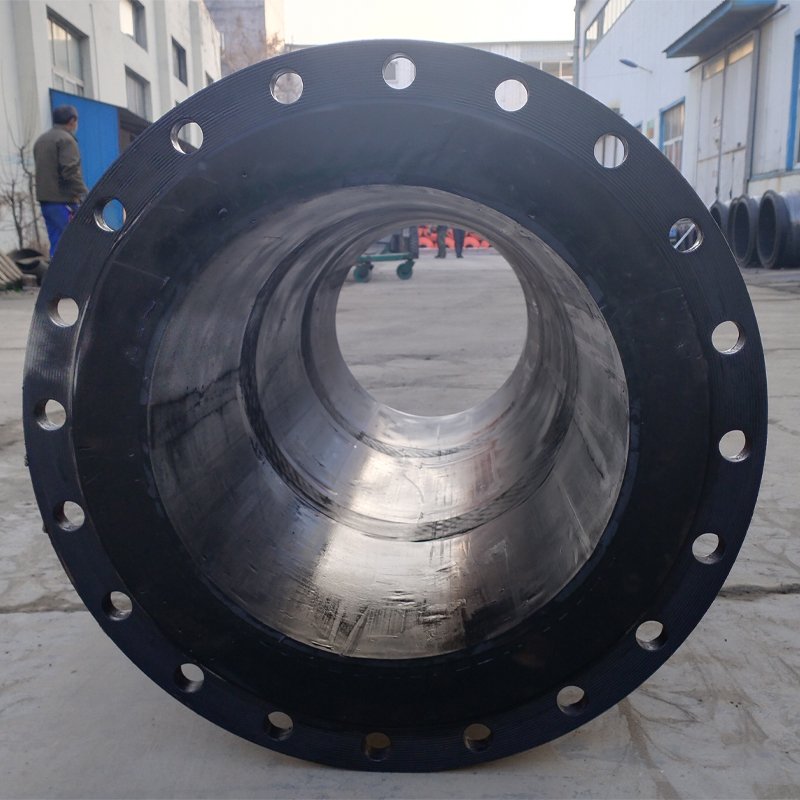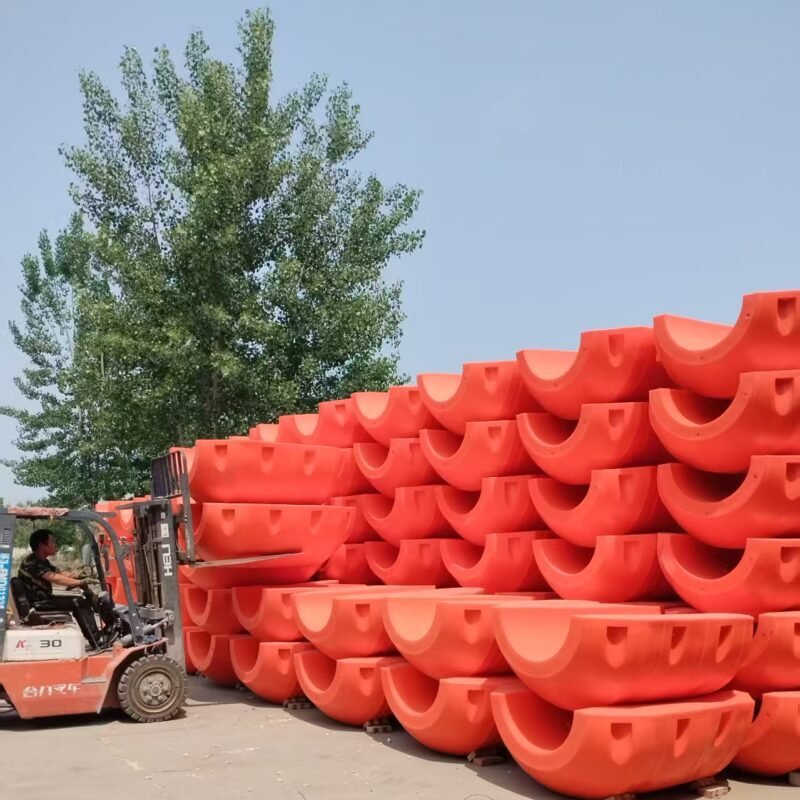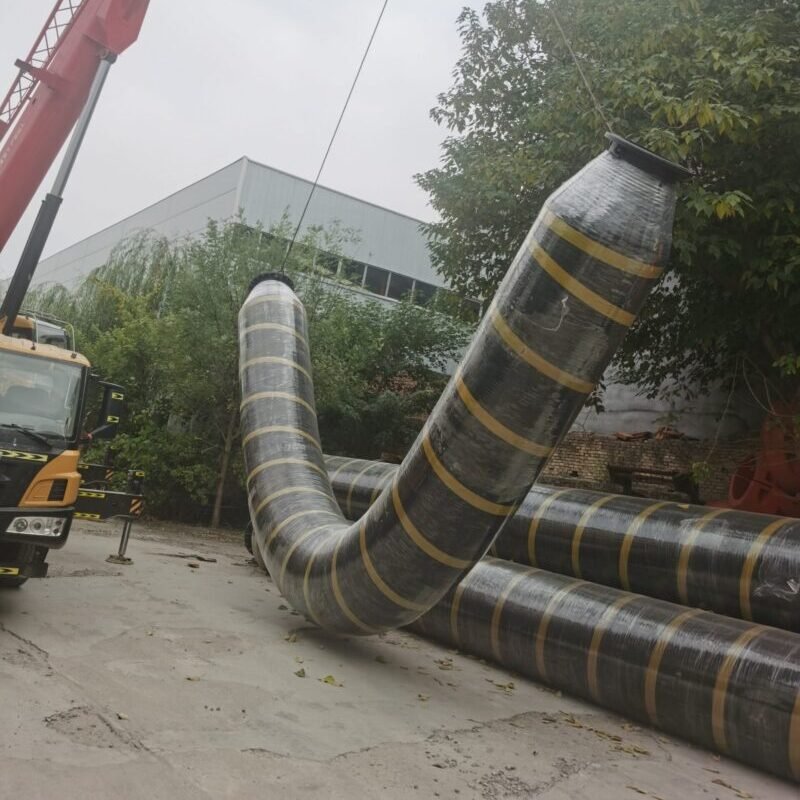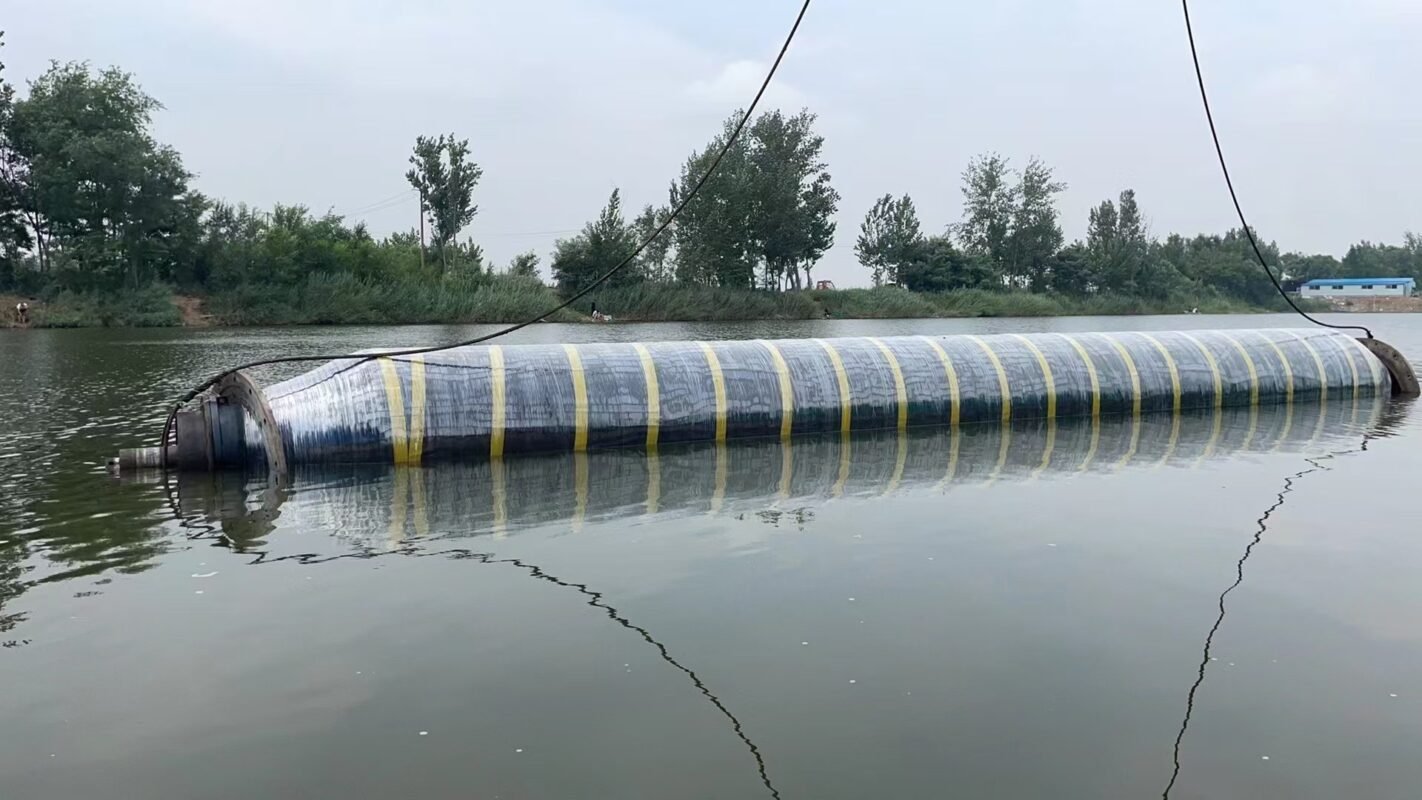Rubber Suction Hose

Rubber straws used in dredging projects are generally the optimal choice. Unlike the positive pressure of the discharge pipe, these straws operate under negative pressure. They are equipped with a skeleton for support to prevent collapse due to suction, and are mainly used to absorb silt, sediment, and other materials.
 Structure:Abrasion-resistant layer: This layer ensures long – term wear resistance during the material absorption process.Reinforcement layer: Composed of high – strength fibers and steel wires or steel rings, it provides strong resistance against collapse under suction.Outer adhesive layer: It features corrosion resistance, ultraviolet resistance, ozone resistance, and anti – aging properties.
Structure:Abrasion-resistant layer: This layer ensures long – term wear resistance during the material absorption process.Reinforcement layer: Composed of high – strength fibers and steel wires or steel rings, it provides strong resistance against collapse under suction.Outer adhesive layer: It features corrosion resistance, ultraviolet resistance, ozone resistance, and anti – aging properties.
Features:Abrasion resistance: The rubber material’s high abrasion resistance effectively reduces the friction caused by silt and sand during dredging operations.Corrosion resistance: It can withstand the corrosion of seawater and various chemical substances well.Flexibility: The rubber’s good flexibility makes it easy to lay and use in complex terrains.Compressive resistance: It can bear high internal pressure, ensuring it doesn’t break easily when absorbing silt and sand.
Applications:River channel dredging: Used to clear silt and sediment in river channels, maintaining smooth water flow.Port dredging: Applied in ports and docks to ensure safe ship passage.Mine tailings treatment: Used for absorbing sediment and waste from mine tailings.Sewage treatment: Capable of absorbing sludge from sewage treatment plants.Maintenance:
Regular inspection: Check the rubber tube for signs of wear, cracks, or aging.Cleaning: Clean the silt and sand from the pipeline promptly after use to prevent blockages.Storage: Store the rubber tube away from direct sunlight and high – temperature environments to extend its service life.Usage: Rotate the tube after a period of use to avoid prolonged wear on the same inner glue layer area.
Selection Factors:Working condition – based selection: Select the appropriate rubber tube according to working conditions such as silt type, flow rate, and pressure.Brand and quality: Opt for brands with extensive production experience and reliable quality to ensure operational safety and efficiency.





